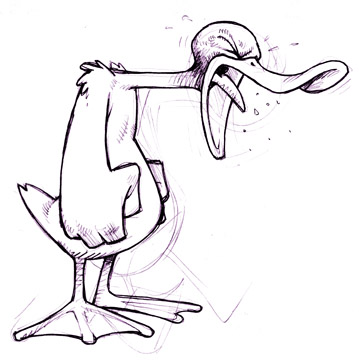Couplet
a two-line stanza, usually with end-rhymes the same.
Within my Garden, rides a Bird
Emily Dickinson
Within my Garden, rides a Bird
Upon a single Wheel—
Whose spokes a dizzy Music make
As ’twere a travelling Mill—
He never stops, but slackens
Above the Ripest Rose—
Partakes without alighting
And praises as he goes,
Till every spice is tasted—
And then his Fairy Gig
Reels in remoter atmospheres—
And I rejoin my Dog,
And He and I, perplex us
If positive, ’twere we—
Or bore the Garden in the Brain
This Curiosity—
But He, the best Logician,
Refers my clumsy eye—
To just vibrating Blossoms!
An Exquisite Reply!
The couplet used in William Shakespeare’s most popular sonnet, “Shall I Compare Thee to a Summer’s Day?”, is used to give the meaning of the poem. Throughout the poem, the narrator is comparing a woman to a summer’s day. He says that a summer’s day cannot compare to the beauty of the woman. In the couplet, “So long as men can breathe or eyes can see, So long lives this, and this gives life to thee”, Shakespeare claims that the woman’s beauty will last as long as men breathe and see, and as long as this sonnet lives and gives her life.

"A word is dead when it is said, some say. I say it just begins to live that day. " ~Emily Dickinson
Emily Dickinson

Emily or should I say Poetess Dickinson was born in Amherst, Massachuetts on December 10, 1830. Emily lived secluded in the house she was born in, except for the short time she attended Amherst Academy and Holyoke Female Seminary, until her death on May 15, 1886 due to Bright's disease.
Emily was an energetic and outgoing woman while attending the Academy and Seminary. It was later, during her mid-twenties, that Emily began to grow reclusive. She attended almost exclusively to household chores and to writing poetry.
Many scholars have tried to understand and theorize why Emily decided to seclude herself in her home and write about the most intimate experiences and feelings of life. I think that the best of these theories is that Emily could not write about the world with out first backing away from the it and contemplating it from a distance.
Emily had a few friends and acquaintances from day to day. One of these aquaintances was Thomas Wentworth Higginson whom she sent a few pieces of her poetry to. He rejected her poems, but he was eventually the first to publish her work after her death. Emily only had a six or seven of her poems published during her lifetime--and those without her consent. The number is argued over because one poem was published more than once.
It was after her death that her poems were discovered. It is estimated that Emily wrote over 1700 poems.
(http://www.cswnet.com/~erin/edbio.htm)
